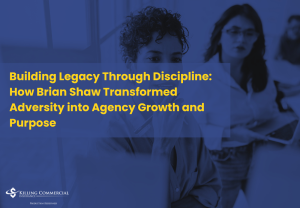
Reclaiming Purpose in a Distracted World: Empowerment, Emotional Intelligence, and the Future of Work-Life Balance
In today’s performance-obsessed culture, achieving elite status in your profession can often come with a hidden price. Tania Khazaal, known to many as Tanya the Herbalist, knows this truth firsthand. After climbing the ranks in the insurance industry and landing in the top 1% of sales professionals, she found herself at a crossroads. Despite the accolades, international travel perks, and consistent recognition, she was suffering from a quiet crisis: burnout.










Responses